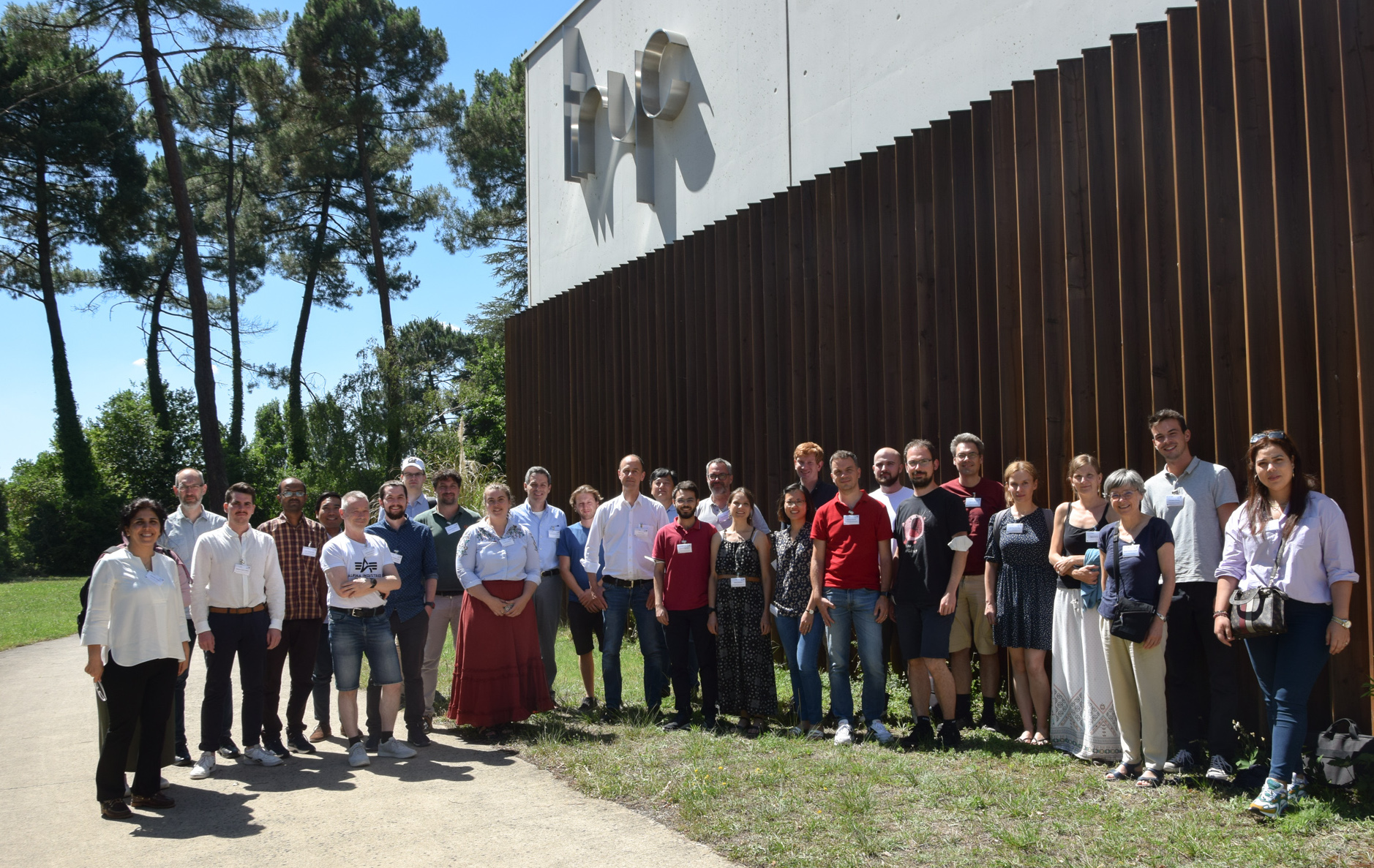Desolé, ce contenu n'est pas disponible en français. Nous le montrons en anglais.
Open positions
Currently there are no open positions in the project.
|
|
||||||||
|
|
Desolé, ce contenu n'est pas disponible en français. Nous le montrons en anglais. Open positionsCurrently there are no open positions in the project.
|
LinkedIn: @project MICROCARD
Latest newsPhD defense Vincent AlbaVincent Alba defended his thesis Resource dimensioning for heterogeneous architectures on 19 December 2025 at Université de Bordeaux. openCARP user meeting in BordeauxThe next openCARP user meeting will be held at Liryc in Bordeaux. connecting at LirycOn 13 November Mark Potse presented MICROCARD at LiryCONNECT, an event organized by Liryc, the heart rhythm disease institute, to engage with medical practitioners and allied professionals from 11 French hospitals. AgendaMonday 22 December15:15 monthly WP6+7 meeting 16:15 monthly WP4 meeting Wednesday 7 January10:00 monthly WP5 meeting Thursday 8 January16:00 Executive Board meeting Friday 9 January14:00 monthly WP1 technical meeting Tuesday 20 January15:00 monthly WP2+3 meeting |
||||||
|
website powered by Dutch windmills • no cookies • all browsers welcome |
||||||||